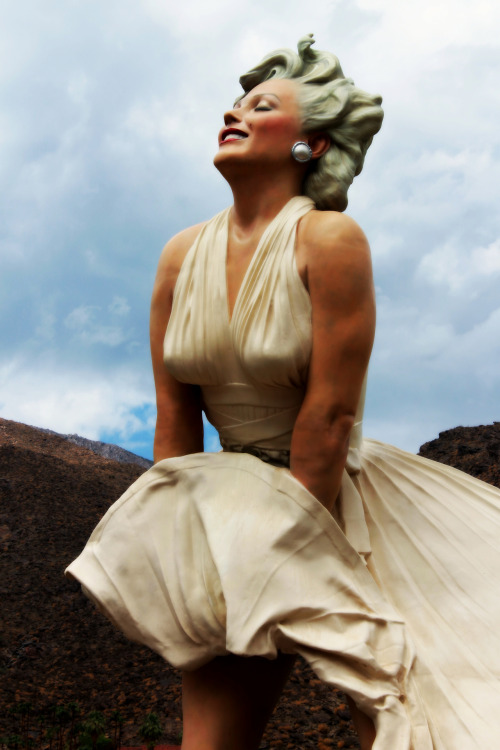In this section of the novel, we gain a deeper insight into the friendship between two very different 12 year-old girls, Nel and Sula. Nel is described as bold and independent whereas Sula is more dependent on Nel and not as emotionally stable. Nel takes the position of the leader while Sula eagerly follows her. I think the contrast in their personalities is really interesting because they become close friends to the extent of soul-mates. They do share a similar attraction for adventure and "[t]he new theme they were now discovering was men." (Morrison, 55)
As they're both approaching adolescence, it's not surprising that they begin to crave attention from men. From the previous chapters we've learned that their mothers and grandmothers have had bitter experiences with marriage but gain attention from men through their physical appearances. I've noticed that Morrison always emphasizes women's clothing; the color, the way it accentuates the figure, and the way their dresses are blown by the wind to reveal their bodies. Even the 12 year old girls' dresses are described with a sexual connotation, catering to the male gaze: "It pushed their dresses into the creases of their behinds, then lifted the hems to peek at their cotton underwear." (Morrison, 49)
Speaking of the male gaze, the way women dress are often connected to the male gaze. It could be that women dress to satisfy the eyes of men or that the male gaze is conceptualized due to the way women choose to dress for themselves. However, when Nel and Sula go Edna Finch's Mellow House for ice cream, the male gaze ultimately held power over their appearances: "Nel and Sula walked through this valley of eyes chilled by the wind and heated by the embarrassment of appraising stares." (50) They felt embarrassed and the male gaze was described as a valley of eyes, almost seemingly hovering over them as they walked together.
Another component of the male gaze is the verbal communication between a man and woman. A young man apparently "compliments" the girls by referring to their body as "pig meat", which I found degrading because it objectified them: "Pig meat. The words were in all their minds." (50) There's definitely tension in the process of the male gaze when their eyes feed on their lust for the girls' skin and flesh.
I feel like this famous statue of Marilyn Monroe demonstrates what men seek in the male gaze.

Definitely, I think that many things females do in this book are for the men. For me, to find a group of men sitting by the road, doing nothing but staring at women would be infinitely creepy. However, Nel and Sula seem to enjoy the attention (although they try no to show it, is it not proper?) as they regularly walk to Edna Finch's Mellow House for the purpose of being scrutinized by these jobless men.
ReplyDeleteThrough this, I was also reminded of how Hannah, Sula's mom, when carrying around a bucket, would not want a man to help her carry it as she wanted him instead, to admire the way she put the bucket down. Even such a small act is done for men. I really can't understand why, but so much of what the women do is dictated by the want of pleasing men.